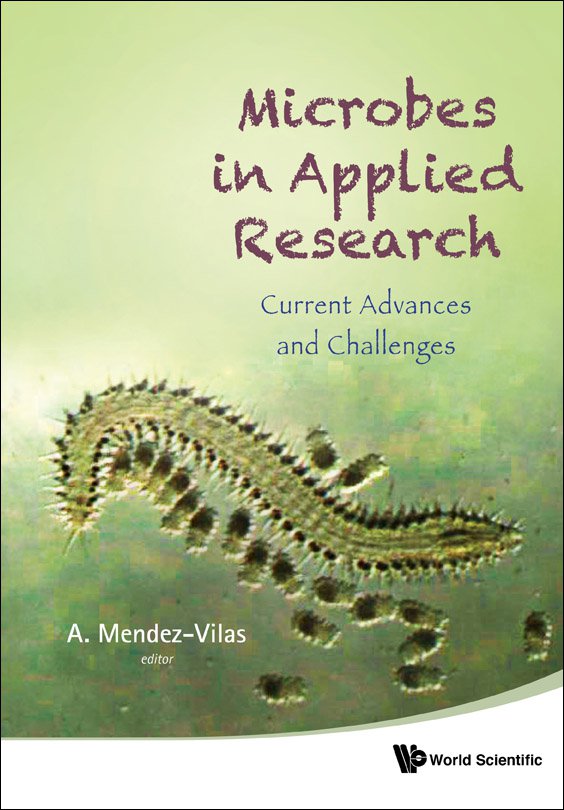Removing potential radionuclide deposits from metal and concrete surfaces by fungal erosion and metal acquisition: The start of a green technology in decommissioning of nuclear facilities
Solubilization, precipitation, sorption, and uptake of metal cations by microorganisms justifies the use of fungi in the removal of superficial radionuclide deposits from brickwork and (corroded) metal elements of dismantled nuclear power facilities and accidental spills on a dry way. The citrate and oxalate releasing ascomycete, Aspergillus niger, the oxalate producing brown-rot basidiomycete, Fomitopsis pinicola and several wood- and soil-inhabiting basidiomycetes were tested for their ability to acquire, and translocate uranium and to reduce the weight of metal plates by the expected production of carboxylic acids. Metals and plates of Portland cement were also exposed to solutions of carboxylic and mineral acids to substantiate the results. The nature of the watersoluble and -insoluble reaction products was not determined. The recalcitrant uranium was taken up and translocated through 100-mm long hyphal systems. In addition, all fungal mycelia were able to reduce the weight of the pure or alloyed metals, Fe > Zn > Cu, CuZn > AlMgSi > Cr significantly when added as plates to liquid and solid fungal substrates for 50 to 180 d. The dominating fungal carboxylic acids, malonic > citric, malic > oxalic in realistic solutions of 1 g L−1 were able to reduce the weight of Fe > Ni > Zn > Cu > Al disks upon the formation of soluble and insoluble compounds. The mineral acids, H2SO4 > HNO3 > HCl in solutions with a comparable initial pH transformed Fe > Ni >> Al primarily to insoluble precipitates. Plates of Portland cement increased their dry weight in the solutions of carboxylic acids apparently by the incorporation of the acids’ carbon whereas the mineral acids reduced the dry weight of the samples. Calcium was solubilized by all acids but oxalate. It is concluded that trace metals such as U spread in entire fungal networks which can thus serve as repositories of critical nuclides. In addition, fungal carboxylic acids dissolve (potentially contaminated and corroded) metal surface layers in the μm range by the formation of soluble and insoluble compounds most of the latter can be brushed off. Further tests comprise the placement of plastic-net stabilized lignocellulose mats overgrown with trace metal accumulator fungi on dry structured surfaces contaminated by critical nuclides and the subsequent ashing of the mats by air filtering. Respective in-situ tests with contaminated construction elements are inevitable to confirm economy and efficacy of microbial versus acid- and surfactant-based cleaning procedures.



